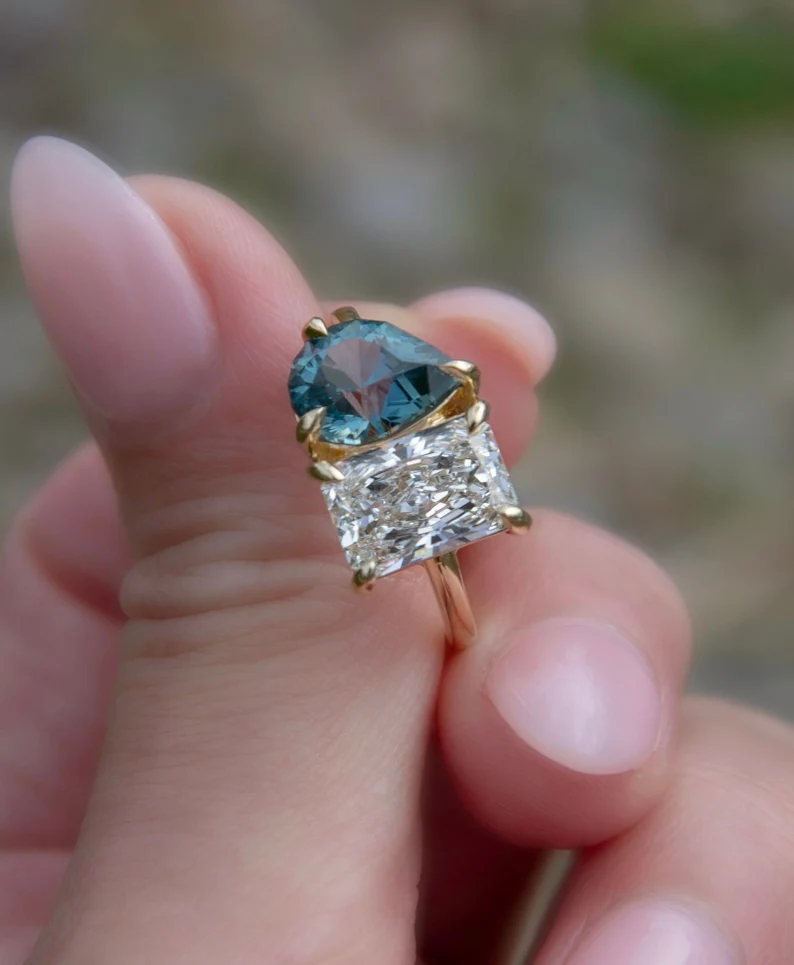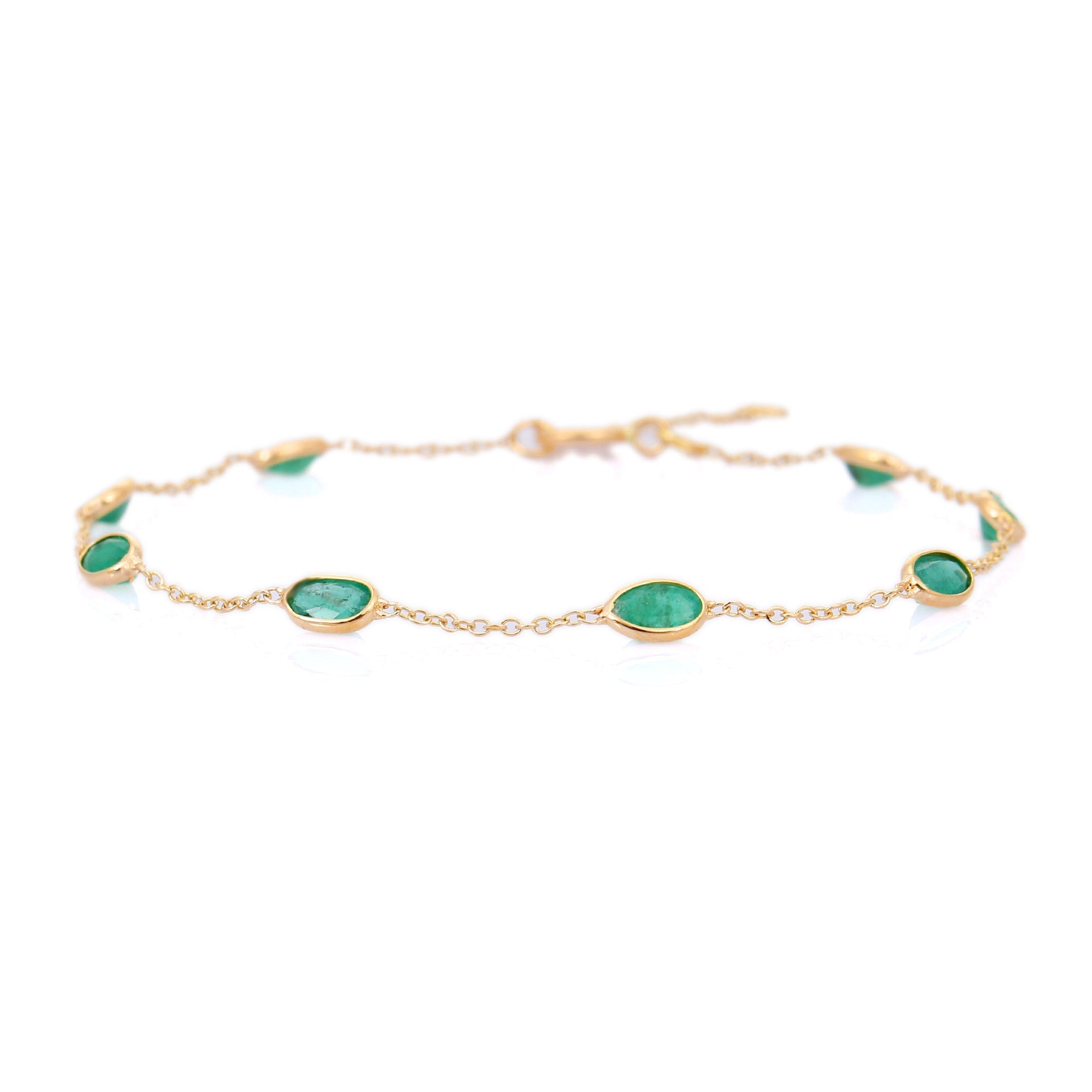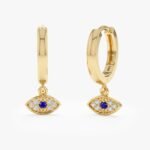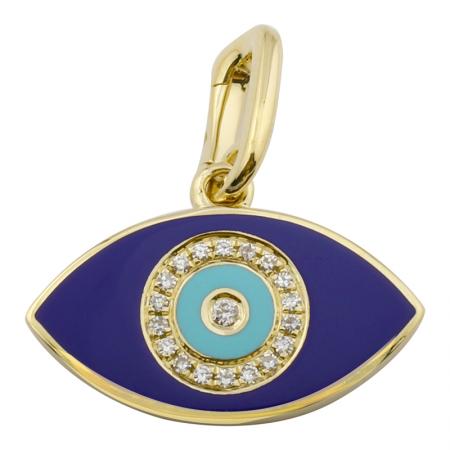Baby Bracelets: Adorable… and a Snag Hazard? What Parents Need to Know

Baby bracelets look sweet in photos and feel like a tiny grown-up touch. But they can create real hazards—snagging, choking, allergic rashes, or breakage. This guide explains the real risks, what materials and designs are safer, how to fit and inspect a bracelet, and practical alternatives that keep your child safe without losing the charm.
Why baby bracelets can be dangerous
Two main mechanical risks are strangulation and choking. A bracelet that catches on a crib slat, stroller buckle, or toy can tighten around a baby’s wrist and neck. Small parts—loose beads, charms, or a detached clasp—can be put into the mouth and swallowed. Babies explore with their mouths, so any detachable piece is a hazard.
There are also chemical and skin risks. Many babies have sensitive skin or developing eczema. Metals that release nickel, copper, or other alloys can cause allergic contact dermatitis. Plated finishes wear off and reveal base metals that may irritate or stain skin.
What materials are safer—and why
- Solid 14k or 18k gold (14k = 58.3% gold, 18k = 75% gold). Gold is inert and less likely to cause reactions. Choose solid gold rather than plating because plating can wear through and expose base metals.
- Platinum (mostly pure Pt) and titanium (medical-grade 6Al-4V) are very low-allergen options. Titanium is lightweight and hard to deform. Platinum is expensive but very stable.
- Surgical stainless steel (316L) is common and durable but contains nickel; many people tolerate it because nickel release is low. Still, it isn’t guaranteed nickel-free.
- Niobium and anodized titanium are hypoallergenic and can be colored without toxic dyes.
- Avoid: cheap base-metal alloys, gold-plated items, and costume jewelry. Gold-filled is better than plated because it has a thicker gold layer (often 5% by weight), but if price is low, plating likely wears quickly.
Construction and clasp—what to look for
Construction quality matters more than design. Here’s what reduces risk:
- Breakaway or quick-release clasp: A clasp designed to open under tension prevents strangulation if the bracelet snags. Standard spring rings or lobster claws can hold under pressure and are riskier.
- One-piece construction: Avoid bracelets with multiple glued beads or dangling charms. Continuous stamped metal cuffs or fully soldered chains reduce small-part risk.
- No elastic cord: Elastic stretches and snaps, sending beads everywhere. If beads are used, the cord should be extremely durable and knotted with secure glue; still, avoid for infants.
- Secure stones and prongs: If gems are present, prongs must be tightly set. Any loose stone is a choking hazard.
- Avoid magnetic clasps: Strong magnets can pinch and small magnets swallowed internally are very dangerous. Low-strength magnetic closures intended for adults are not safe for babies.
Fit and sizing—how tight is safe?
Proper fit reduces snag and swallowing risk. Measure wrist circumference and leave only a little slack.
- Typical newborn wrist: about 9–11 mm in circumference. By 6–12 months, 12–14 cm is common. (Measure with a soft tape.)
- Allow about 5–10 mm of extra length for movement—roughly the width of one finger. Too loose and the bracelet can slide over the hand or snag; too tight and it can constrict circulation.
- Check that no part of the bracelet can be pulled over the newborn’s hand while fitting it snugly. If it can, it’s too loose.
Inspection and care—daily checks that matter
Babies are rough on small items. Inspect the bracelet every time before use.
- Check clasps and soldered joints for looseness.
- Look for worn plating, exposed base metal, or frayed thread/cord.
- Shake the bracelet and listen for rattling parts. Any rattle may mean a loose bead or charm.
- Clean with mild soap and water; rinse thoroughly. Avoid jewelry cleaners that leave chemical residue. Dry fully to prevent tarnish.
- If a stone or part looks loose, stop using it immediately.
Medical, allergy, and legal considerations
Pediatricians generally advise against non-medical jewelry for infants because of the risks. If a bracelet is used for medical ID, choose soft fabric ID bands with clear printed info and a breakaway design. For allergies, choose true hypoallergenic metals: titanium, niobium, or high-karat gold/platinium. Look for reputable manufacturers that state alloy composition and meet recognized safety standards (for example, standards that address lead and cadmium content, and small-parts requirements).
When is it “okay” to let a baby wear a bracelet?
There’s no blanket safe answer. If parents choose a bracelet, follow these rules:
- Use only on supervised outings or for photos. Remove the bracelet for sleep, car seats, strollers, cribs, and unsupervised play.
- Prefer one-piece solid designs or true breakaway clasps. No dangling charms or elastic bead strings.
- Inspect before each wear; retire the bracelet if anything shows wear.
Safer alternatives
- Soft fabric ID bands: Lightweight, printed with allergy or emergency info, and safer because they can have breakaway features.
- Embroidered wristbands: No metal parts, washable, and sized to be snug.
- Temporary photo props: Use jewelry only for a short photo session, then remove immediately.
- Baby-friendly keepsakes: A small bracelet kept in a memory box instead of worn.
Quick checklist for buying or using a baby bracelet
- Choose hypoallergenic metal (titanium, niobium, 14k+ gold, or platinum).
- Prefer solid or soldered construction; avoid loose beads and charms.
- Use a breakaway clasp; avoid standard lobster/spring clasps and magnets.
- Fit snugly with only 5–10 mm slack; remove during sleep and unsupervised times.
- Inspect every time you put it on. Remove at the first sign of wear or irritation.
In short: baby bracelets can be adorable, but they carry real risks. If you choose to use one, pick simple, well-made designs in hypoallergenic metals, use a quick-release clasp, keep the fit snug, and never leave the baby unsupervised while wearing it. When in doubt, use a soft fabric ID band or save the bracelet as a keepsake until the child is older and more coordinated.




